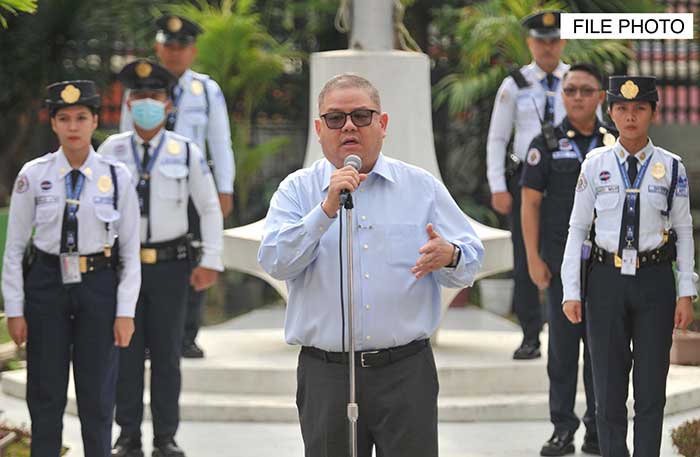
Amidst rising challenges to food security and agricultural sustainability, the Philippines’ Agriculture Secretary Francisco P. Tiu Laurel, Jr. announced a transformative approach for the 2025 agriculture budget, aligning with President Ferdinand Marcos Jr.’s vision for a modernized agricultural sector.
“The budget in 2025 will be very different from this year,” Tiu Laurel asserted in a meeting with the Philippine Chamber of Agriculture and Food Inc. (PCAFI). This statement sets the stage for a series of strategic shifts designed to enhance food production across various domains.
Tiu Laurel’s blueprint for change includes a pivot from traditional agricultural practices towards a more integrated and technologically advanced approach.
The strategy encompasses increasing output not just in rice – the national staple – but also in sectors such as livestock, poultry, and high-value crops.
A key innovation in the secretary’s plan is the expansion of irrigation coverage utilizing solar-powered systems, which represents a sustainable pivot in resource management.
The agriculture chief’s vision goes beyond just infrastructure improvements; it involves a scientific and data-driven method to maximize the land’s potential.
Comprehensive soil mapping and testing will direct the cultivation of rice, corn, and other crops to the most suitable areas, optimizing productivity and land use.
A novel area of focus is fertigation, a technique that integrates fertilization with irrigation, promising significant savings and increased yields.
“Fertigation saves 40 percent of fertilizer while doubling production,” Tiu Laurel highlighted, showcasing the potential for more cost-effective farming practices.
Recognizing the lengthy process involved in constructing large irrigation systems, the secretary proposes a quick-win solution to irrigate 180,000 hectares through solar-powered systems. This initiative could substantially boost palay production, potentially yielding an additional 1.2 million metric tons per year – a stark improvement from 2023’s average yield.
The Department of Agriculture’s (DA) budget for this year stood at P197.84 billion, with a significant portion allocated to rice-centric programs. However, PCAFI has suggested a reallocation, noting the higher agricultural output contributions from the livestock, poultry, and high-value crop sectors.
Responding to the industry group’s recommendation, the 2024 DA budget has already designated P5.03 billion for high-value crops and P6.15 billion for livestock and poultry, indicating an initial step toward diversification.
Tiu Laurel’s engagement with PCAFI, including an invitation for the industry group to contribute to the DA’s budget preparation, reflects a collaborative approach to policy-making, ensuring that stakeholders have a voice in shaping the agricultural future of the nation.
As the Philippines navigates the twin challenges of feeding its growing population and making agriculture sustainable, Secretary Tiu Laurel’s proactive stance offers a promising trajectory. The focus on technological integration, sustainable practices, and strategic budgeting positions the country to achieve its goal of increasing food production while ensuring long-term food security.
With the world watching, the Philippines’ agricultural reform efforts under Tiu Laurel’s guidance could serve as a model for other nations grappling with similar issues. The 2025 budget, envisioned as a significant departure from traditional allocations, may just be the turning point needed to transform the sector into a pillar of resilience and abundance.


















